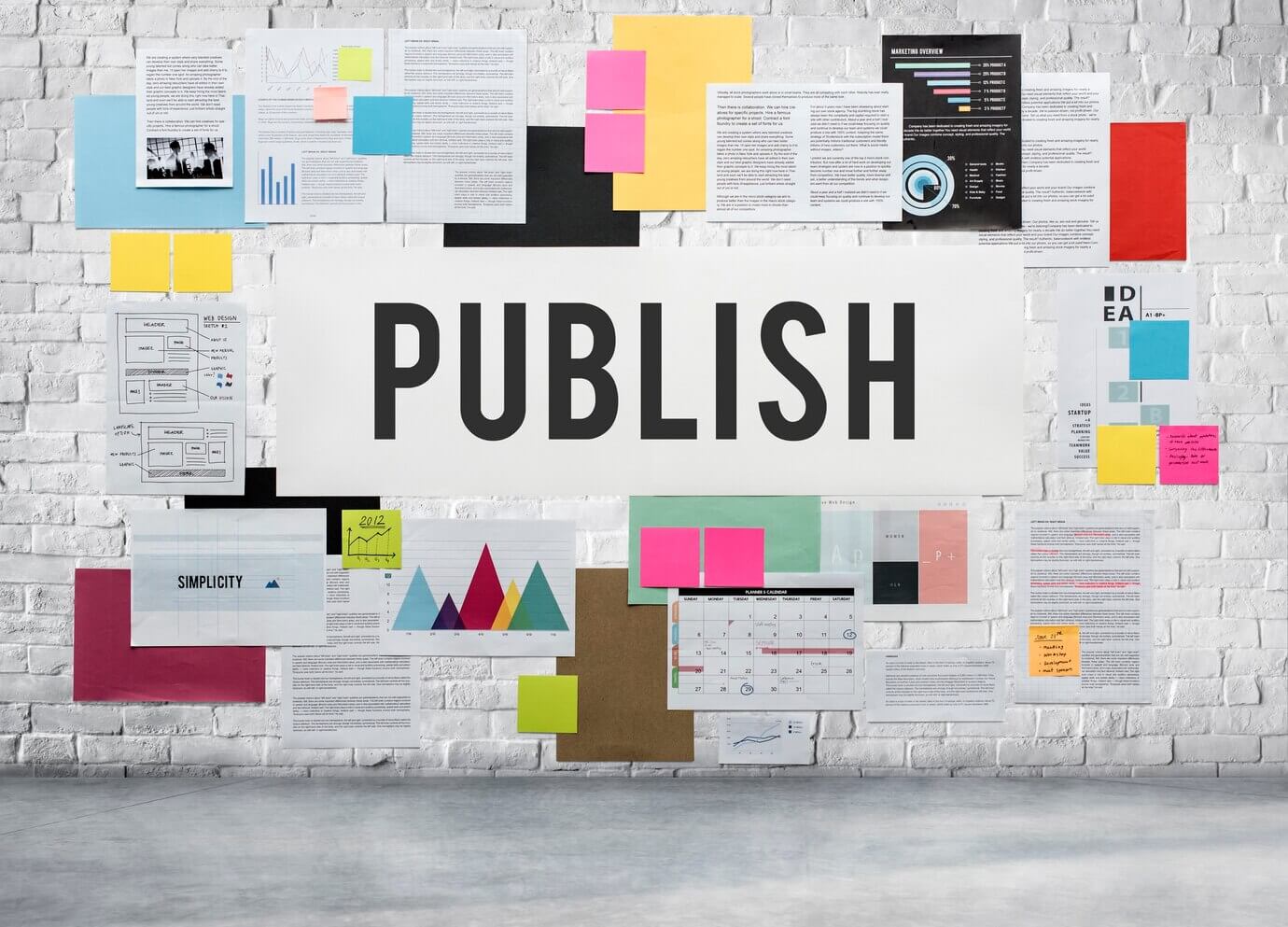Best Proven Strategies to Reduce Email Bounce Rate Effectively
Measuring Email Bounce Rates: A Step-by-Step Guide:
- The total count of bounced emails
- The total count of emails sent
Common Causes of Email Bounce Rates:
-
Invalid Email Address:
This occurs when the recipient's email address is not valid, causing the email to bounce.
-
Non-Existent Domain:
Bounces happen when the domain name doesn't exist.
-
Email Server Issues:
Some recipients' email servers may block email deliveries.
-
Poor IP Reputation:
Bounces can result from sending emails from an IP address with a bad sending reputation.
-
Spam Content:
Emails with spam-like elements in the subject or content may be rejected by recipients' email filters.
Different Strategies on How to Reduce Email Bounce Rate:
-
Double your opt-ins
When aiming to reduce the email bounce rate, it's important to take steps that ensure user engagement and authenticity. A double opt-in sends email authentication to every new user when they sign up and only adds them to your list once they’ve clicked the confirm button in order to ensure that they are a genuine user and not using fake or temporary email addresses.
When building your email list, it's essential to verify user permission. Consider implementing a double opt-in process, requiring subscribers to confirm their email addresses upon sign-up. This practice allows you to distinguish between verified and unverified users, enabling you to maintain a cleaner email list by removing those who haven't confirmed. -
Maintain a clean Email list
Maintaining a clean email list is important to reduce email bounce rates. Regularly clean the email list by removing inactive or unengaged subscribers and also check for invalid email addresses. Using email verification services can help identify and remove bad email addresses from your list to reduce email bounce rates. It ensures that your emails reach the right inbox.
-
Segment Your Email List
Segmentation is a valuable strategy on how to reduce bounce rate email by allowing you to send relevant content to specific groups of subscribers. Subscribers are more likely to engage with emails that are of interest to them. By sending emails that align with the interests of each segment, you improve your chances of successful email delivery.


-
Avoid Spam Traps
Falling into spam traps can harm your sender's reputation and increase bounce rates. Be careful when purchasing email lists or using outdated lists. Sending emails to spam traps can lead to your domain being blacklisted. It’s crucial to focus on growing your email list organically to avoid such pitfalls.
-
Making use of a Reliable Email Service Provider (ESP)
Choosing a reputed ESP can have a significant impact on your email bounce rate. Quality email service providers often ensure that they have built-in tools for list cleaning, email verification, and deliverability monitoring. They can help ensure your email reaches its intended recipient.
-
Create Engaging Content
Engaging, relevant, and valuable content keeps subscribers interested and less likely to mark your emails as spam. When recipients find your emails useful, they are more likely to confirm their email addresses and continue engaging with your brand.
-
Email Authentication
Authenticating your email is crucial for many reasons. First, email authentication will positively affect the delivery rates of your emails and will reduce email bounce rates. there are various verification tools to verify your email address which provides insights into whether the email address is valid or not.
Conclusion
Latest blog :-

Top 40 New Year Greetings for Employees: Igniting Team Spirit
Top 40 New Year Greetings for Employees: Igniting Team Spirit
Top 40 New Year Greetings for Employees: Igniting Team Spirit Every year comes with a glimmer of hope and positive energy. New Year is the best time for you to

Difference Between Digital Marketing and Traditional Marketing: Which is Best For You?
Difference Between Digital Marketing and Traditional Marketing: Which is Best For You?
Difference Between Digital Marketing and Traditional Marketing: Which is Best For You? There are several ways to capture the audience’s attention, and marketing is one of them. Marketing helps businesses

ChatGPT Vs Bard: Exploring the Differences in 2024
ChatGPT Vs Bard: Exploring the Differences in 2024
ChatGPT Vs Bard: Exploring the Differences in 2024 ChatGPT and Bard are the most trending AI tools that are getting the most buzz, and organizations want to know which one

A Marketer’s Dream: The 10 Best AI Tools for Digital Marketing
A Marketer’s Dream: The 10 Best AI Tools for Digital Marketing
A Marketer's Dream: The 10 Best AI Tools for Digital Marketing Artificial intelligence (AI) came out as one of the hottest technology trends in 2023. The use of artificial intelligence

Content Distribution Strategy: What is it & Why It’s Important
Content Distribution Strategy: What is it & Why It’s Important
Content Distribution Strategy: What is it & Why It's Important In a world of digital marketing, creating great content is just half the battle. To truly make an impact, You
